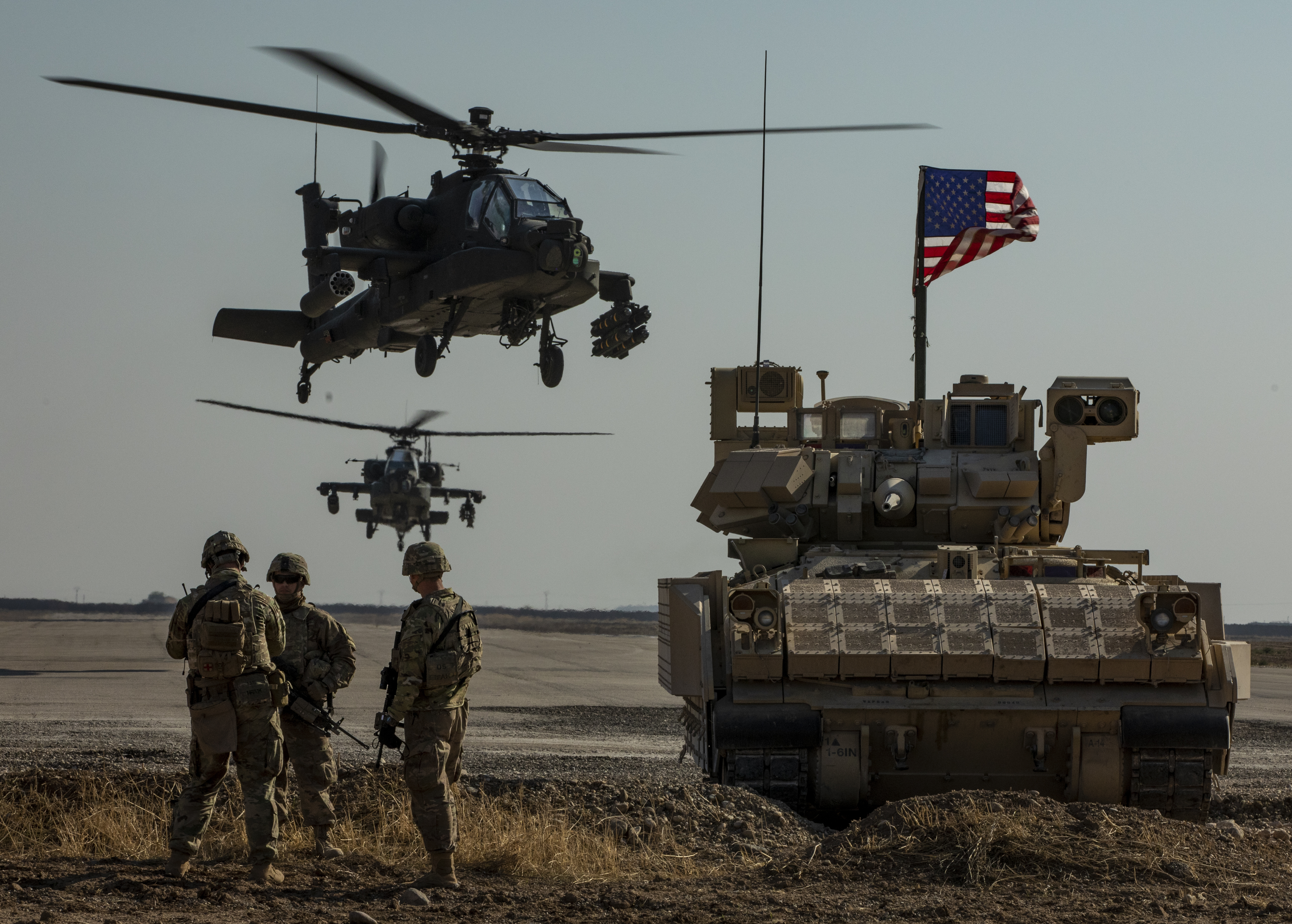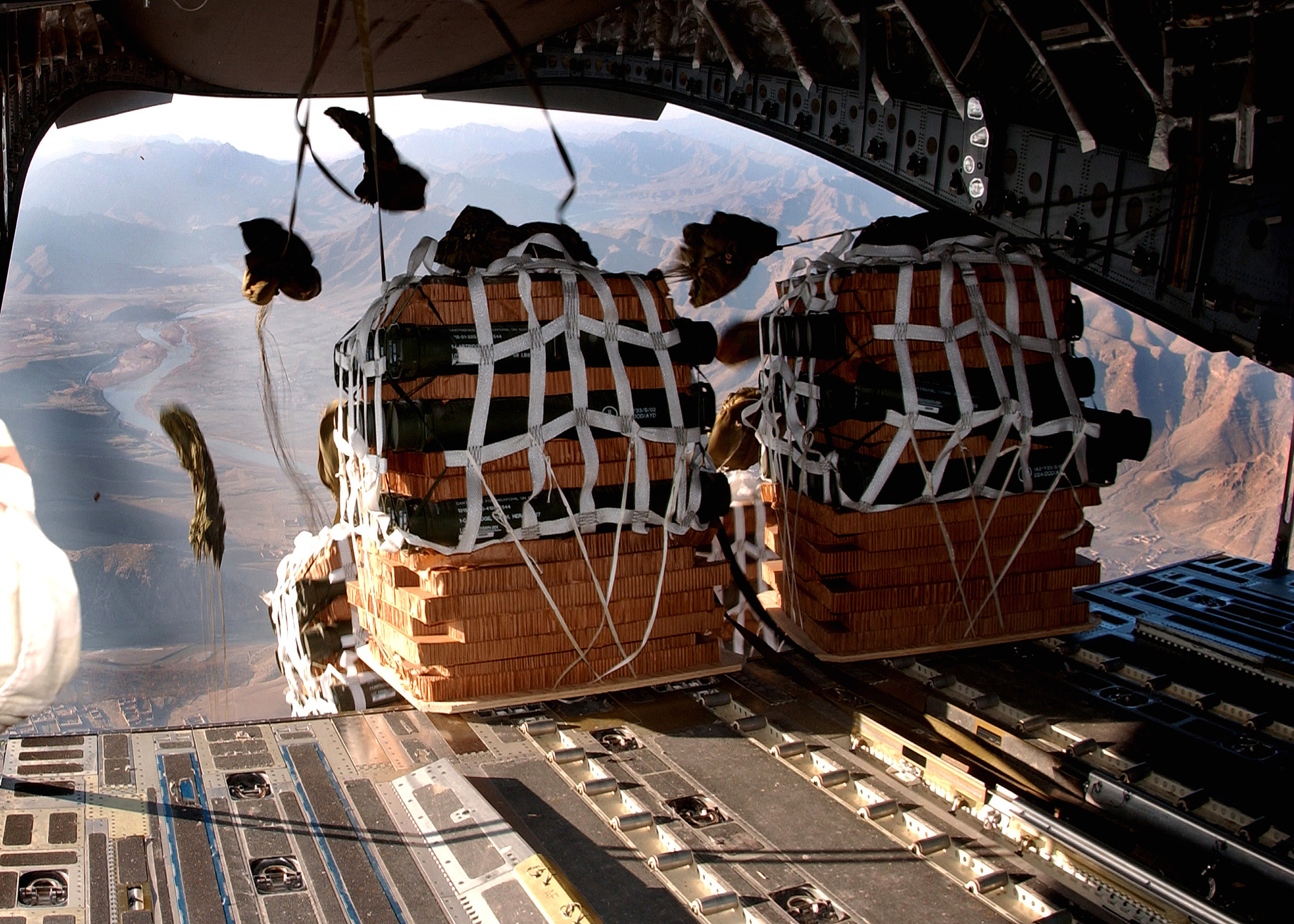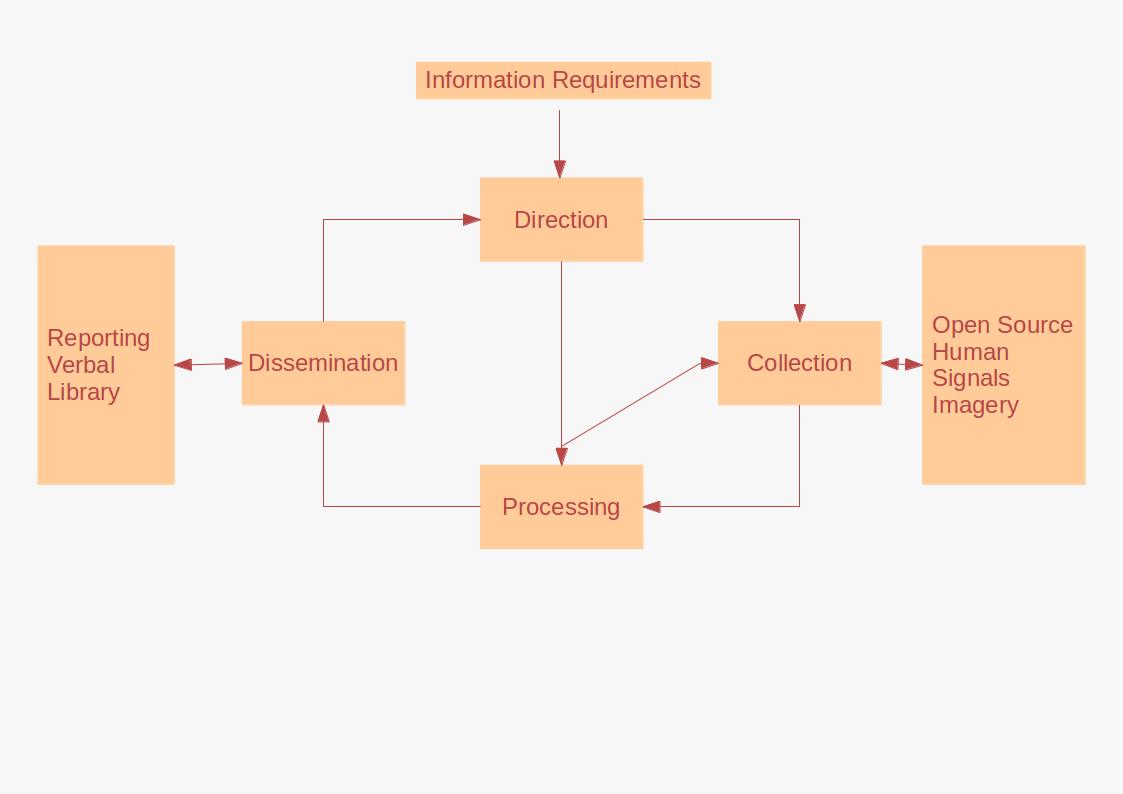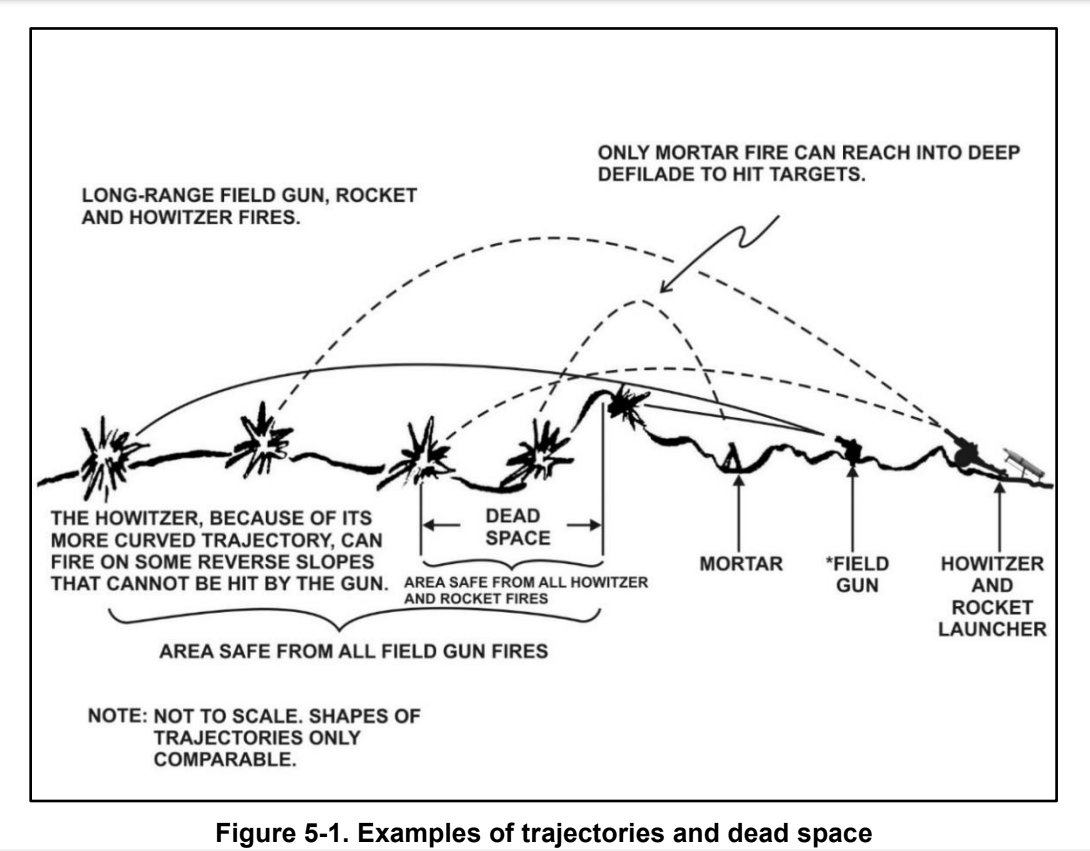|
19th Army (Wehrmacht)
The 19th Army () was a field army of the German Army (Heer) that specialized in anti-aircraft warfare, anti-tank warfare, armoured warfare, coastal defence and fortification, combined arms, counterinsurgency, conventional warfare, and maneuver warfare. Active from 1943 to 1945 on the Western Front, it was tasked with defending Southern France and before being pushed back to the France–Germany border during Operation Dragoon and then into Southern Germany. History Formed in August 1943 in occupied southern France from ''Armeegruppe Felber'' (the '' LXXXIII. Armeekorps''), the 19th Army defended Southern France, the Vosges Mountains, Alsace, Baden and Southern Württemberg during the Allied invasion of Southern France and other large Allied military operations that had as their goal the liberation of Southern France and the invasion of Southern Germany. Although nominally a field army, the 19th Army was under strength and consisted of third tier soldiers, wounded ve ... [...More Info...] [...Related Items...] OR: [Wikipedia] [Google] [Baidu] |
Heer - Decal For Helmet 1942
Heer may refer to: People * Ewald Heer (1930–2025), American aerospace engineer, author and academic * Jeet Heer, Indo-Canadian author and journalist * Jeffrey Heer (born 1979), American computer scientist and entrepreneur * Kamal Heer (born 1973), Indian singer and musician of Punjabi music * Oswald Heer (1809–1883), Swiss botanist and naturalist with the standard botanical author abbreviation Heer * Manmohan Waris or Manmohan Heer (born 1970), Indian singer and musician of Punjabi music * Sangtar or Sangtar Heer (born 1973), Indian composer and musician of Punjabi music Army * German Army, or ''Deutsches Heer'' (1956–present), for the Cold War Army of West Germany and the current Army of Germany * German Army (1935–1945), or ''Wehrmacht Heer'', for the Second World War Army of Nazi Germany * ''Reichswehr'', or ''Reichsheer'' (1920–35), for the interwar Army of the Weimar Republic * Imperial German Army, or ''Deutsches Heer'' (1871–1919), for Army of the German Emp ... [...More Info...] [...Related Items...] OR: [Wikipedia] [Google] [Baidu] |
Combined Arms
Combined arms is an approach to warfare that seeks to integrate different combat arms of a military to achieve mutually complementary effects—for example, using infantry and armoured warfare, armour in an Urban warfare, urban environment in which each supports the other. According to the strategist William S. Lind, combined arms can be distinguished from the concept of "supporting arms" as follows: Combined arms hits the enemy with two or more arms simultaneously in such a manner that the actions he must take to defend himself from one make him more vulnerable to another. In contrast, supporting arms is hitting the enemy with two or more arms in sequence, or if simultaneously, then in such combination that the actions the enemy must take to defend himself from one also defends himself from the other(s). Though the lower-military rank, echelon units of a combined arms team may be of similar types, a balanced mixture of such units are combined into an effective higher-echelon ... [...More Info...] [...Related Items...] OR: [Wikipedia] [Google] [Baidu] |
Military Logistics
Military logistics is the discipline of planning and carrying out the movement, supply, and maintenance of military forces. In its most comprehensive sense, it is those aspects or military operations that deal with: * Design, development, Military acquisition, acquisition, storage, distribution, maintenance, evacuation, and disposition of materiel. * Transport of personnel. * Acquisition or construction, maintenance, operation and disposition of facilities. * Acquisition or furnishing of services. * Medical and health service support. Etymology and definition The word "logistics" is derived from the Greek adjective meaning "skilled in calculating", and its corresponding Latin word . In turn this comes from the Greek , which refers to the principles of thought and action. Another Latin root, ''log-'', gave rise around 1380 to , meaning to lodge or dwell, and became the French verb , meaning "to lodge". Around 1670, the French King Louis XIV created the position of , an office ... [...More Info...] [...Related Items...] OR: [Wikipedia] [Google] [Baidu] |
Military Intelligence
Military intelligence is a military discipline that uses information collection and analysis List of intelligence gathering disciplines, approaches to provide guidance and direction to assist Commanding officer, commanders in decision making process, their decisions. This aim is achieved by providing an intelligence analysis, assessment of data from a range of sources, directed towards the commanders' mission requirements or responding to questions as part of operational or campaign planning. To provide an analysis, the commander's information requirements are first identified, which are then incorporated into intelligence collection, analysis, and dissemination. Areas of study may include the operational environment, hostile, friendly and neutral forces, the civilian population in an area of combat operations, and other broader areas of interest. Intelligence activities are conducted at all levels, from tactical to strategic, in peacetime, the period of transition to war, and d ... [...More Info...] [...Related Items...] OR: [Wikipedia] [Google] [Baidu] |
Military Engineering
Military engineering is loosely defined as the art, science, and practice of designing and building military works and maintaining lines of military transport and military communications. Military engineers are also responsible for logistics behind military tactics. Modern military engineering differs from civil engineering. In the 20th and 21st centuries, military engineering also includes CBRN defense and other engineering disciplines such as mechanical and electrical engineering techniques. According to NATO, "military engineering is that engineer activity undertaken, regardless of component or service, to shape the physical operating environment. Military engineering incorporates support to maneuver and to the force as a whole, including military engineering functions such as engineer support to force protection, counter improvised explosive devices, environmental protection, engineer intelligence and military search. Military engineering does not encompass the activities u ... [...More Info...] [...Related Items...] OR: [Wikipedia] [Google] [Baidu] |
Military Communications
Military communications or military signals involve all aspects of communications, or conveyance of information, by armed forces. Examples from '' Jane's Military Communications'' include text, audio, facsimile, tactical ground-based communications, naval signalling, terrestrial microwave, tropospheric scatter, satellite communications systems and equipment, surveillance and signal analysis, security, direction finding and jamming. IHS Jane'sbr>Military Communications Retrieved 2012-01-23. The most urgent purposes are to communicate information to commanders and orders from them. Military communications span from pre-history to the present. The earliest military communications were delivered by runners. Later, communications progressed to visual signals. For example, Naval ships would use flag signaling to communicate from ship to ship. These flags are a uniform set of easily identifiable nautical codes that would convey visual messages and codes between ships and fro ... [...More Info...] [...Related Items...] OR: [Wikipedia] [Google] [Baidu] |
Maneuver Warfare
Maneuver warfare, or manoeuvre warfare, is a military strategy which emphasizes movement, initiative and surprise to achieve a position of advantage. Maneuver seeks to inflict losses indirectly by envelopment, encirclement and disruption, while minimizing the need to engage in frontal combat. In contrast to attrition warfare where strength tends to be applied against strength, maneuver warfare attempts to apply strength against weakness in order to accomplish the mission. Maneuver warfare, the use of initiative, originality and the unexpected, combined with a ruthless determination to succeed, seeks to avoid opponents' strengths while exploiting their weaknesses and attacking their critical vulnerabilities and is the conceptual opposite of attrition warfare. Rather than seeking victory by applying superior force and mass to achieve physical destruction, maneuver uses preemption, deception, dislocation, and disruption to destroy the enemy's will and ability to fight. Historicall ... [...More Info...] [...Related Items...] OR: [Wikipedia] [Google] [Baidu] |
Jungle Warfare
Jungle warfare or woodland warfare is warfare in forests, jungles, or similar environments. The term encompasses military operations affected by the terrain, climate, vegetation, and wildlife of densely-wooded areas, as well as the strategies and tactics used by military forces in these situations and environments. The jungle has a variety of effects on military operations. Dense vegetation can limit lines of sight and arcs of fire, but can also provide ample opportunity for camouflage and plenty of material with which to build fortifications. Jungle terrain, often without good roads, can be inaccessible to vehicles and so makes Military logistics, logistical supply and transport difficult, which in turn places a premium on air mobility. The problems of transport make engineering resources important as they are needed to improve roads, build bridges and airfields, and improve water supplies. Jungle environments can also be inherently unhealthy, with various tropical diseases tha ... [...More Info...] [...Related Items...] OR: [Wikipedia] [Google] [Baidu] |
Intelligence Assessment
Intelligence assessment, is a specific phase of the intelligence cycle which oversees the development of behavior forecasts or recommended courses of action to the leadership of an organization, based on wide ranges of available overt and covert Intelligence (information), intelligence (also known as "intel"). There are two types of assessment; * In the beginning of the intelligence cycle, during the direction phase (also known as tasking or planning), intelligence officers assess past intelligence, identify gaps in information, and determine what new intelligence is needed. * Intelligence assessment also occurs toward the end of the intelligence cycle, during the analysis & production phase. This phase comes after collection and processing but before dissemination to policymakers. Assessments develop in response to leadership declaration requirements to inform decision-making. Assessment may be executed on behalf of a government, state, military or company, commercial organi ... [...More Info...] [...Related Items...] OR: [Wikipedia] [Google] [Baidu] |
Indirect Fire
Indirect fire is aiming and firing a projectile without relying on a direct line of sight between the gun and its target, as in the case of direct fire. Aiming is performed by calculating azimuth and inclination, and may include correcting aim by observing the fall of shot and calculating new angles. Description Indirect fire is most commonly used by field artillery and mortars (although field artillery was originally and until after World War I a direct fire weapon, hence the bullet-shields fitted to the carriages of guns such as the famous M1897 75 mm). It is also used with missiles, howitzers, rocket artillery, multiple rocket launchers, cruise missiles, ballistic missiles, naval guns against shore targets, sometimes with machine guns, and has been used with tank and anti-tank guns and by anti-aircraft guns against surface targets. There are two dimensions in aiming a weapon: * In the horizontal plane (azimuth); and * In the vertical plane (elevation), which ... [...More Info...] [...Related Items...] OR: [Wikipedia] [Google] [Baidu] |
HUMINT
Human intelligence (HUMINT, pronounced ) is intelligence-gathering by means of human sources and interpersonal communication. It is distinct from more technical intelligence-gathering disciplines, such as signals intelligence (SIGINT), imagery intelligence (IMINT), and measurement and signature intelligence (MASINT). HUMINT can be conducted in a variety of ways, including via espionage, reconnaissance, interrogation, witness interviews, or torture. Although associated with military and intelligence agencies, HUMINT can also apply in various civilian sectors such as law enforcement. Overview NATO defines HUMINT as "a category of intelligence derived from information collected and provided by human sources." A typical HUMINT activity consists of interrogations and conversations with persons having access to information. As the name suggests, human intelligence is mostly collected by people and is commonly provided via espionage or some other form of covert surveillance. H ... [...More Info...] [...Related Items...] OR: [Wikipedia] [Google] [Baidu] |








